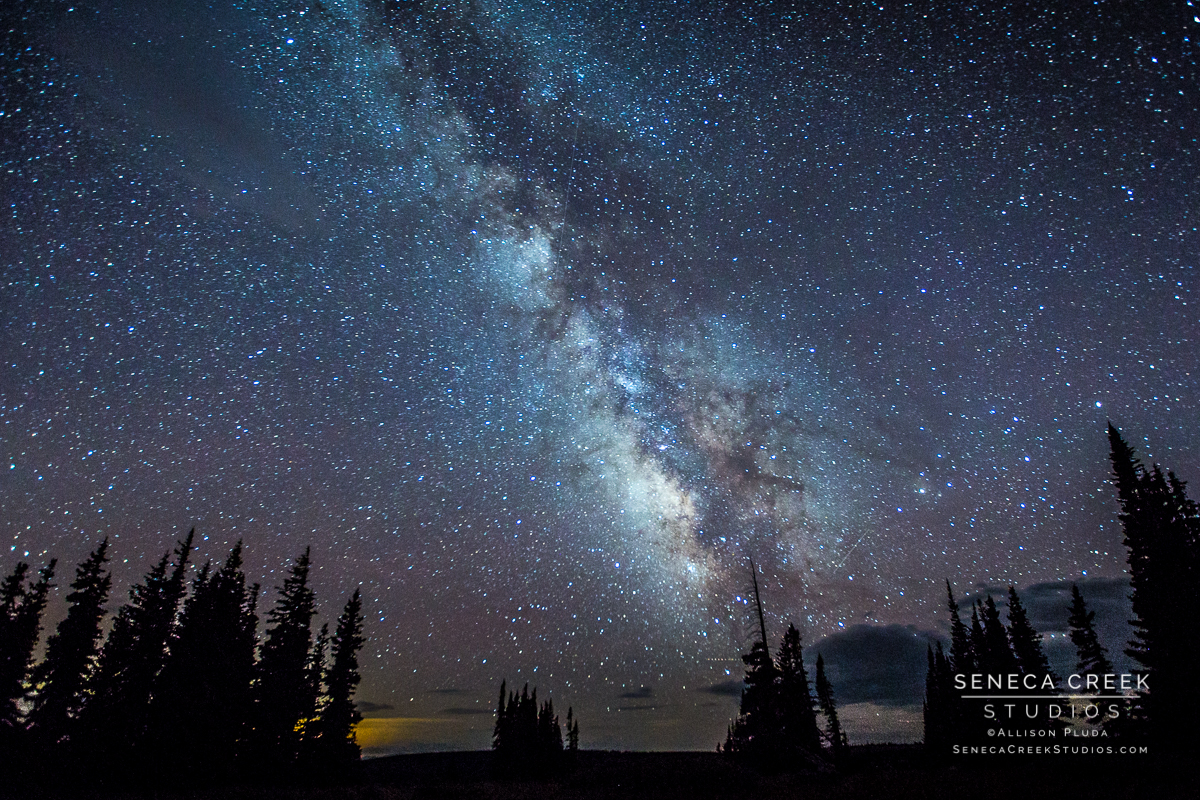Perseid Meteor Shower 2018: When, Where, and How to Watch for Shooting Stars

Perseid Meteor Shower 2018
Don’t miss the best meteor shower of the year and try your stargazing luck this weekend, August 11th to 13th, 2018. Last year’s Perseid meter shower was drowned out from the bright light from the full moon but this year we are treated to optimal conditions with the new moon falling during the shower on Saturday, August 11th, 2018.
When is the best night to watch the 2018 Perseid meteor shower?
The best night to watch for shooting stars during the 2018 Perseid meter shower is expected to be Sunday night August 12th to 13th although the peak includes both Saturday and Sunday nights. If conditions are clear, you should be able to see about 60 to 70 meteors per hour during the weekend.
How can I see the Perseid meteor shower?
To see the Perseid meteor shower, look towards the northeastern sky where the meteors radiate from the constellation Perseus. Your eyes can take up to 20 minutes to adjust to darkness, so be patient, bring a nice seat and blanket, avoid lights, and turn your headlamp or iPhone stargazing app to red since red light doesn’t destroy your night vision. Early in the night, starting about two hours after sunset at about 10pm, look for meteors low in the sky closer to the horizon. The best time to watch the meteor shower is very early in the morning before dawn between about 3am and 5am when the constellation Perseus has had time to rise high in the sky.

What causes the Perseid meteor shower?
Ever year between mid-July to late-August, the Earth passes through the orbital path of the Comet Swift-Tuttle, and as bits of dust and debris from behind the comet hit Earth’s upper atmosphere they burn up quickly as Perseid meteors. The shootings stars fall at about 130,000 miles per hour. The sun warms up the ice in the comet each time it passes through our inner solar system, providing a new source of fresh comet material to become possible future shooting stars in future Perseid meteor showers.
What are your plans for this years Perseid meteor shower?
Leave us a comment below or contact us here.
